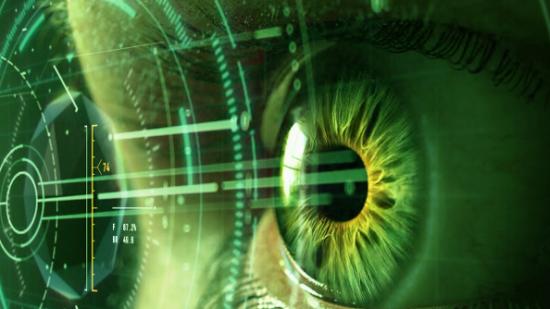With consumer-ready VR devices poised to launch, the folks at Nvidia have seen fit to launch v1.0 of two new VR software development kits, GameWorks VR and DesignWorks VR, both of which are available to devs now.
“Both SDKs deliver a comprehensive set of APIs and libraries for headset and app developers, including new NVIDIA Multi-Res Shading Technology,” say Nvidia. “Available publicly for the first time, Multi-Res Shading is an innovative rendering technique that increases performance by as much as 50 percent while maintaining image quality.”
That 50% figure comes from Epic Games. During VRX 2015, Epic’s Reflections Subway demo saw a 50% increase in performance using Nvidia multi-res shading.
Here’s what developers get with the SDKs, according to Nvidia.
GameWorks VR
- Multi-Res Shading – an innovative rendering technique for VR in which each part of an image is rendered at a resolution that best matches the pixel density of the warped image required by the headset. It uses the NVIDIA Maxwell™ chip architecture’s multi-projection capability to render multiple-scaled viewports in a single pass, delivering substantial performance improvements.
- VR SLI – provides increased performance for VR applications where multiple GPUs can be assigned a specific eye to dramatically accelerate stereo rendering.
- Context Priority – provides control over GPU scheduling to support advanced VR features such as asynchronous time warp, which cuts latency and quickly adjusts images as gamers move their heads, without the need to re-render a new frame.
- Direct Mode – treats VR headsets as head-mounted displays accessible only to VR applications, rather than a typical Windows monitor, providing better plug and play support and compatibility for VR headsets.
- Front Buffer Rendering – enables the GPU to render directly to the front buffer to reduce latency.
DesignWorks VR
- Warp and Blend – new APIs that provide application-independent geometry corrections and intensity adjustments across entire desktops to create seamless VR CAVE environments, without introducing any latency.
- Synchronization – techniques to prevent tearing and image misalignment while creating one large desktop that is driven from multiple GPUs or clusters. Various technologies like Frame Lock, Stereo Lock, Swap Groups and Swap Barriers are available to help developers design seamless and expansive VR CAVE and cluster environments.
- GPU Affinity – provides dramatic performance improvements by managing the placement of graphics and rendering workloads across multiple GPUs.
- Direct for Video – enabling VR and augmented reality environments such as head-mounted displays, CAVES/immersive displays and cluster solutions.
